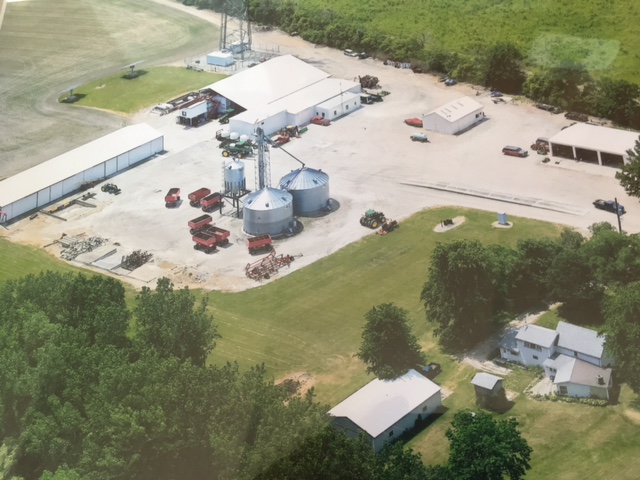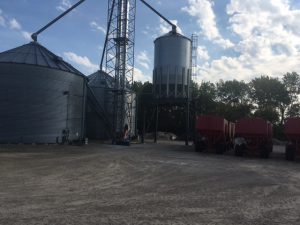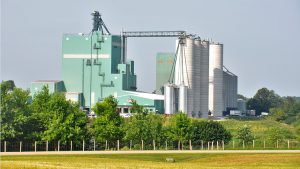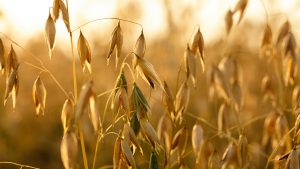Pelee Island Farming
FACING CHALLENGES

GRANT CRAWFORD SAYS he can relate to the September 2017 Ontario Grain Farmer Magazine article about the challenges grower Jason Pyke faces farming on an Island compared to mainland farmers. In fact, he believes farming on Pelee Island is even more challenging than farming on Wolfe Island.
The 62-year-old Crawford and his older brother Ford, who’s 64, farm nearly 3,500 acres mixed between soybeans and wheat on Ontario’s Pelee Island, the southernmost populated point in Canada.
“Pyke faces challenges farming on Wolfe Island compared to mainlanders for sure, “ says Crawford, “but you can take his challenges and multiple them by four to get a sense of what it’s like farming on Pelee Island.”
The root of Crawford’s difficulties comes down to Pelee Island’s distance from the mainland and how the ferry service operates.
The Pelee Island ferry service, which is run and managed by Owen Sound Transportation Company (OSTC), an operational enterprise agency of the Province of Ontario, operates and manages two boats: the Jiimaan, a 40 vehicle/400 passenger vessel, and the much smaller Pelee Islander, a 14 vehicle/196 passenger vessel.
Crawford says the ferry usually runs only twice a day for the hour-and-a-half sailing, with a third trip during the peak of the harvest season. He adds that the larger Jiimaan, typically runs between May and mid-November, and the smaller Pelee Islander from April until mid-December, depending on ice conditions and the maintenance of the vessels which have been plagued by breakdowns in recent years.
When the service is running, Crawford pays 72 cents a bushel to transport his grain via the ferry.

COMPETING WITH YOUR NEIGHBOUR
At 42 km2, Pelee Island is the largest island in Lake Erie and is an agricultural based community which grows primarily soybeans and wheat, as well as grapes to support the Pelee Island Winery. Crawford says that the winery is the second biggest operation on the island next to his, and estimates they grow about 500 acres of cash crop, and then more than that in grapes. And, with limited sailings, it can be hard coordinating the boats when both have product to send to the mainland.
“They’re shipping grapes as we’re trying to ship out beans and sometimes things have to sit,” says Crawford, adding that it’s not just a matter of available space on the boat, but the weight capacity of the boat as well. “The grapes are heavier, and they’ll always take the grapes over the beans because the grapes can’t sit very long.”
To help make the harvest more manageable when trying to coordinate trucks and boats out, Crawford increased his storage to two 20,000 bushel bins, which he estimates he can fit close to 21,000 bushels with soybeans. He also has a 3,000 bushel overhead.
Still, despite his frustrations with the ferry service Crawford says he’s grateful for it, and says the permanent residents of Pelee Island really remember to appreciate it once the winter hits and the boats stop running. After that, it’s a plane service out of Windsor, twice a day, which carries a maximum of seven people, until the boats start running again in the spring.
NOT FOR EVERYONE
Island living and farming is all Crawford has ever known. He started farming with his father on the family’s 700 acre farm. Crawford’s brother, Ford, worked for Pioneer, but when they wanted to move him to Washington State, Ford decided he wanted to stay on the island and joined the family farming business.
Their father has since passed on, and Crawford says he and his brother are looking to slowly wind their operation down. He says it’s hard though since neither have any children that are interested in following in their footsteps.
“We have a few options, but it’s hard to get young people to invest over here,” says Crawford. “We’ve built quite an operation so it’s not for everyone.” •









